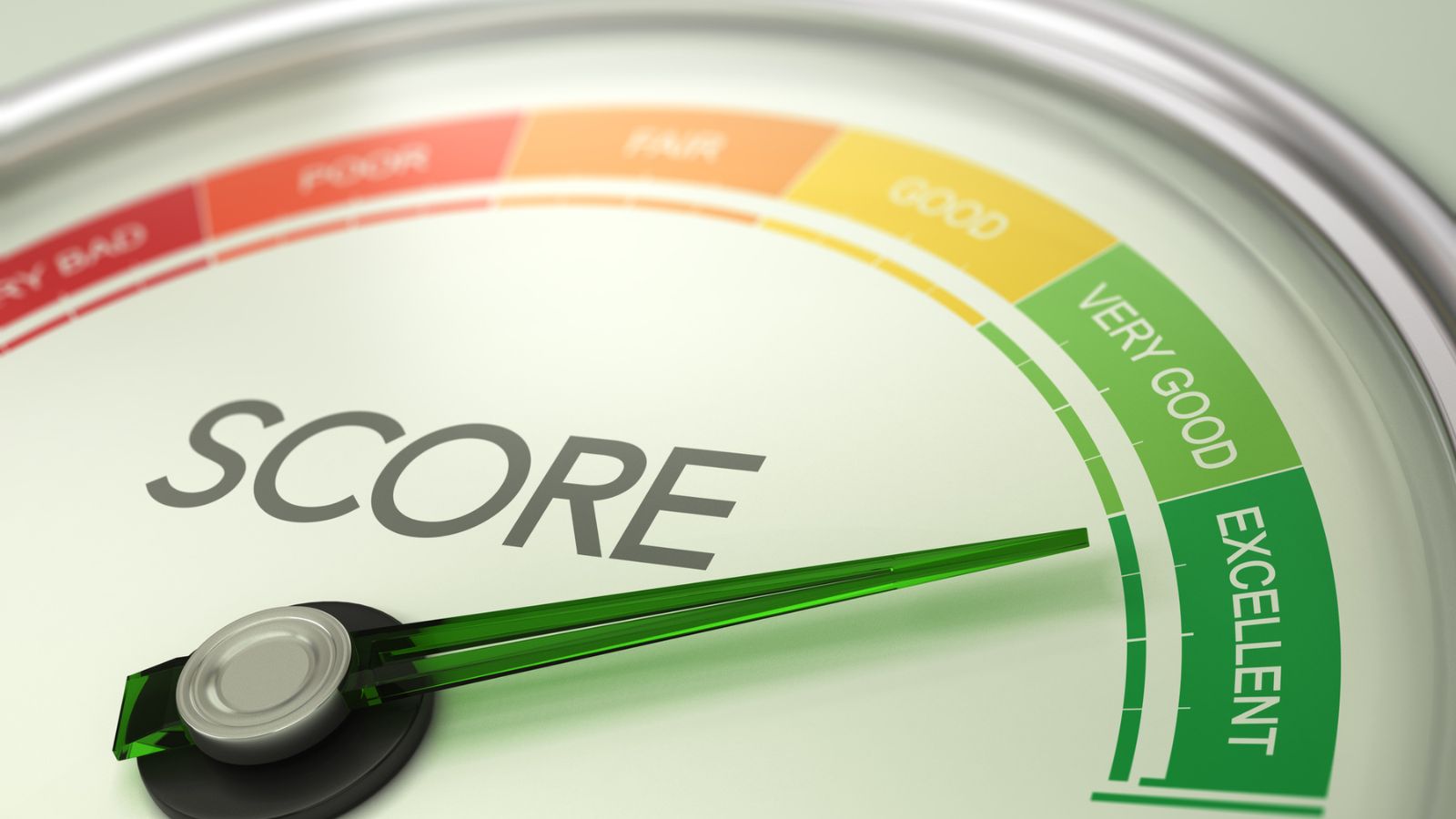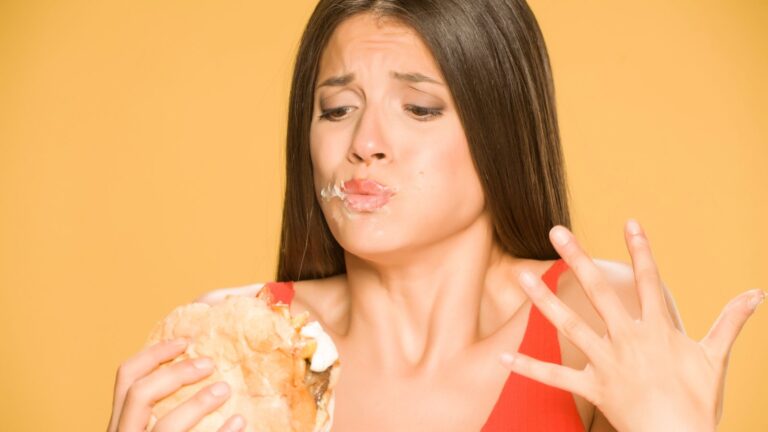12 Strangest Addictions That Aren’t Drugs or Alcohol

Addictions can take many forms, extending beyond the use of drugs or alcohol. While substance abuse is commonly associated with addiction, there are peculiar dependencies that can grip individuals in extraordinary ways. These unconventional addictions can range from quirky behaviors to unusual cravings, exerting a profound influence on people’s lives. Exploring the realm of addictions beyond drugs or alcohol reveals a world of strange fixations that challenge our understanding of human behavior.
1. Nail Biting
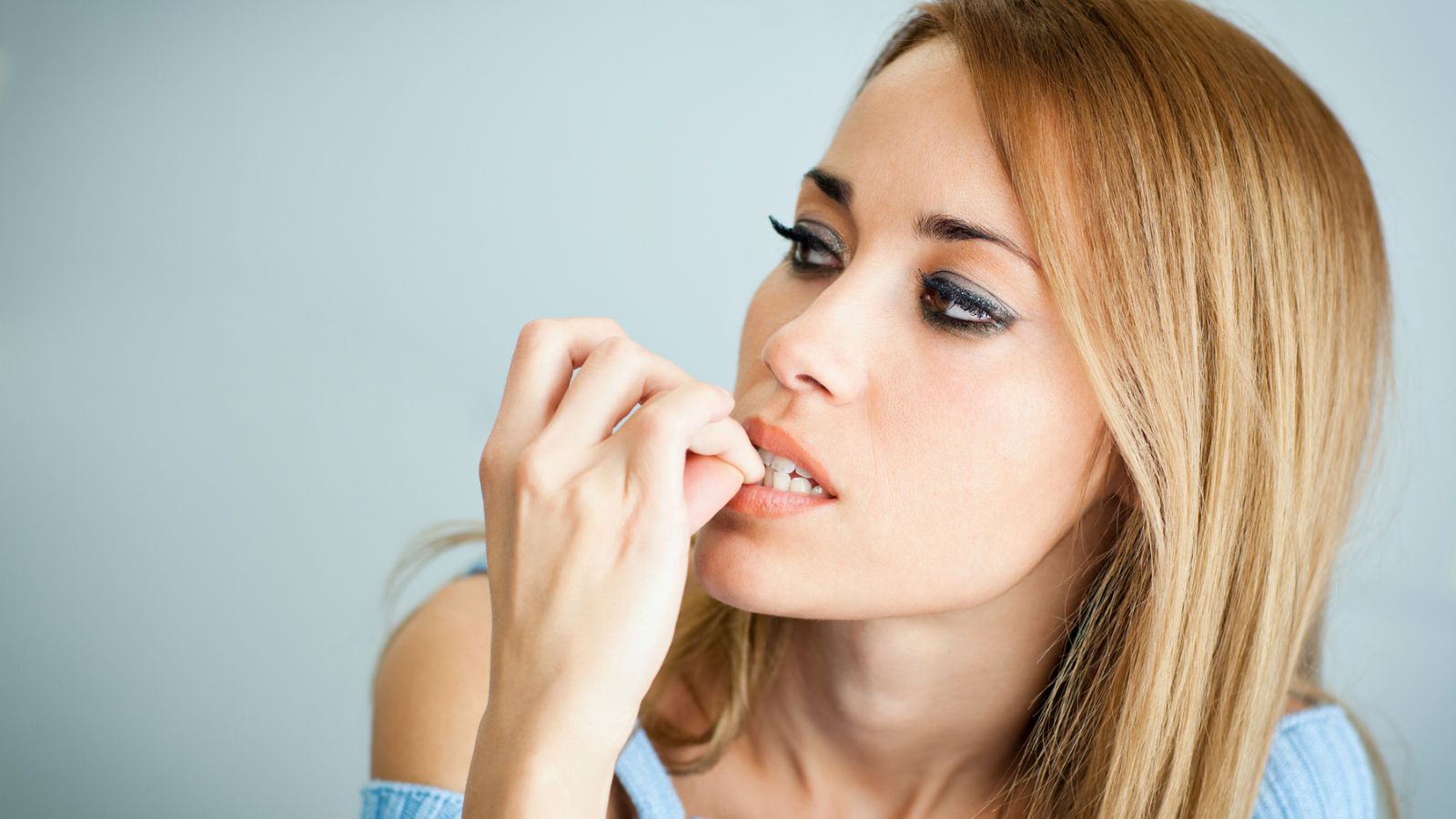
Nail biting, also known as onychophagia, is a common addiction that affects both children and adults. People who compulsively bite their nails find temporary relief or satisfaction from the act. Though it may seem harmless, chronic nail biting can lead to infections, damage to the teeth, and even social embarrassment. Overcoming this addiction often requires identifying triggers and finding alternative coping mechanisms.
2. Eating Non-Food Items

Pica is a disorder characterized by the persistent consumption of non-food substances. Individuals with this addiction may crave and ingest items like dirt, clay, chalk, or even paper. Pica can lead to serious health consequences, such as digestive problems, intestinal blockages, or poisoning. Treatment for pica typically involves a combination of therapy, addressing underlying nutritional deficiencies, and creating a safe environment to reduce access to non-food items.
3. Sunscreen Addiction
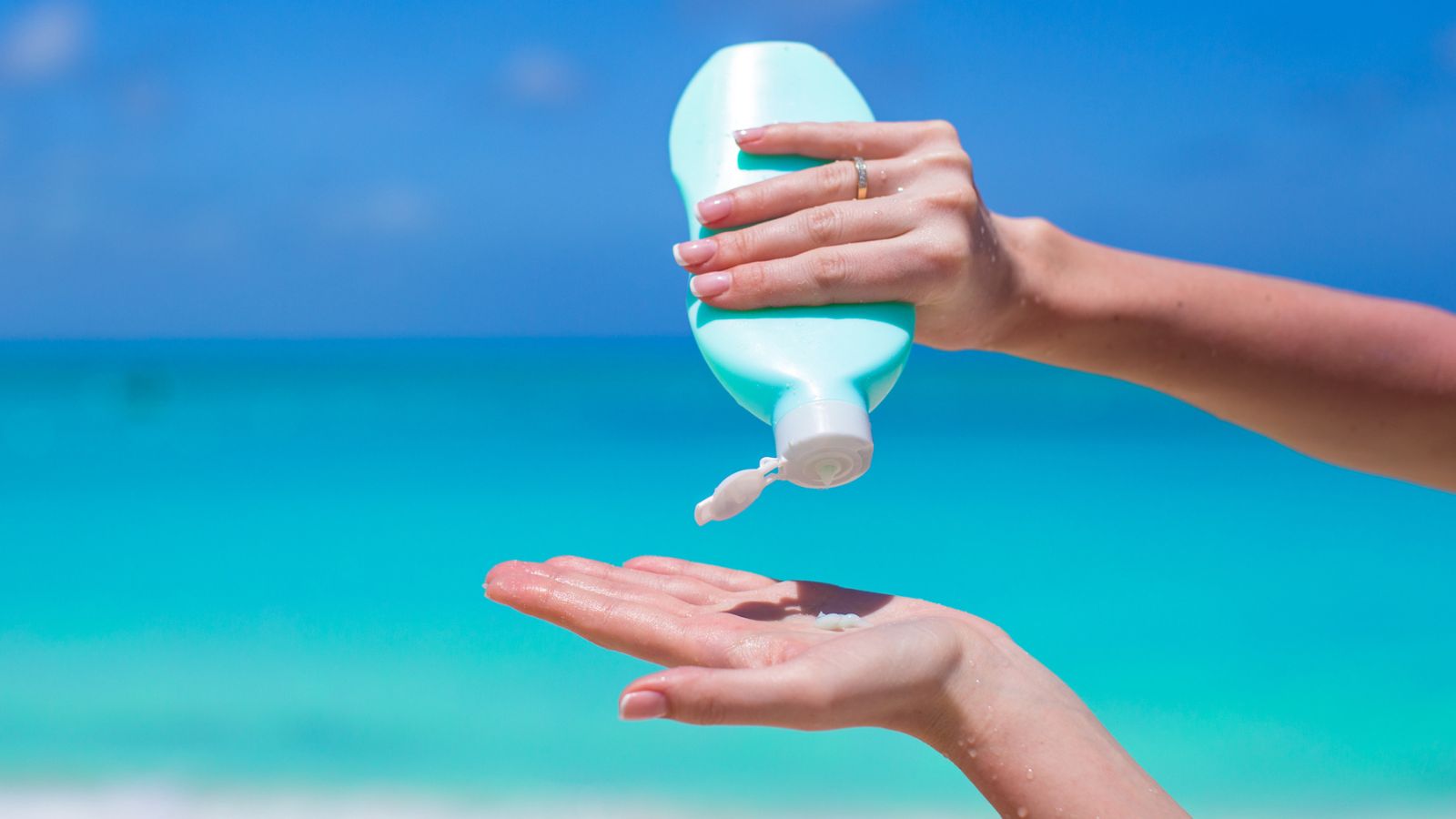
Believe it or not, some people develop an addiction to using sunscreen excessively. This condition, known as sunblock addiction or sunscreen abuse disorder, involves the compulsive application of sunscreen even when it’s unnecessary or excessive. While sunscreen is vital for protection against harmful UV rays, an addiction to its use can cause obsession and anxiety. Treating sunscreen addiction involves addressing the underlying anxiety or body image issues and working with a mental health professional.
4. Hair Pulling

Trichotillomania, commonly known as hair-pulling disorder, is an addictive behavior that involves the irresistible urge to pull out one’s hair, resulting in noticeable hair loss. People with this condition often experience a sense of relief or gratification upon pulling out hair strands. Trichotillomania is typically treated with a combination of therapy, medication, and behavior modification techniques. Supporting individuals with this addiction is crucial for managing the underlying emotional stressors.
5. Internet Addiction

In today’s digital age, excessive internet use has become a significant concern for many individuals. Internet addiction, also known as problematic internet use (PIU), manifests as an uncontrollable urge to be online, leading to neglect of real-life responsibilities and relationships. Excessive internet use can affect one’s mental health, sleep patterns, and overall well-being. Treatment for internet addiction often involves therapy, setting boundaries, and engaging in alternative activities to reduce dependency on online platforms.
6. Collecting Unusual Objects

While collecting items is a common hobby, some individuals develop an addictive compulsion to gather unusual objects. This can range from collecting odd items like toenail clippings or chewing gum to more socially acceptable items such as stamps or action figures. Collecting unusual objects may give individuals a sense of purpose or fulfillment. Addressing the underlying reasons for the compulsion, such as anxiety or a need for control, is essential in managing this addiction.
7. Exercise Addiction

Although exercise is generally considered beneficial, some individuals develop an addiction to physical activity. Exercise addiction, also known as compulsive exercise or obligatory exercise, involves an unhealthy obsession with maintaining an intense exercise regimen. This addiction can lead to physical injuries, exhaustion, and neglect of other areas of life. Treatment for exercise addiction often involves a combination of therapy, addressing underlying body image issues, and finding a healthy balance between exercise and other activities.
8. Chewing Ice
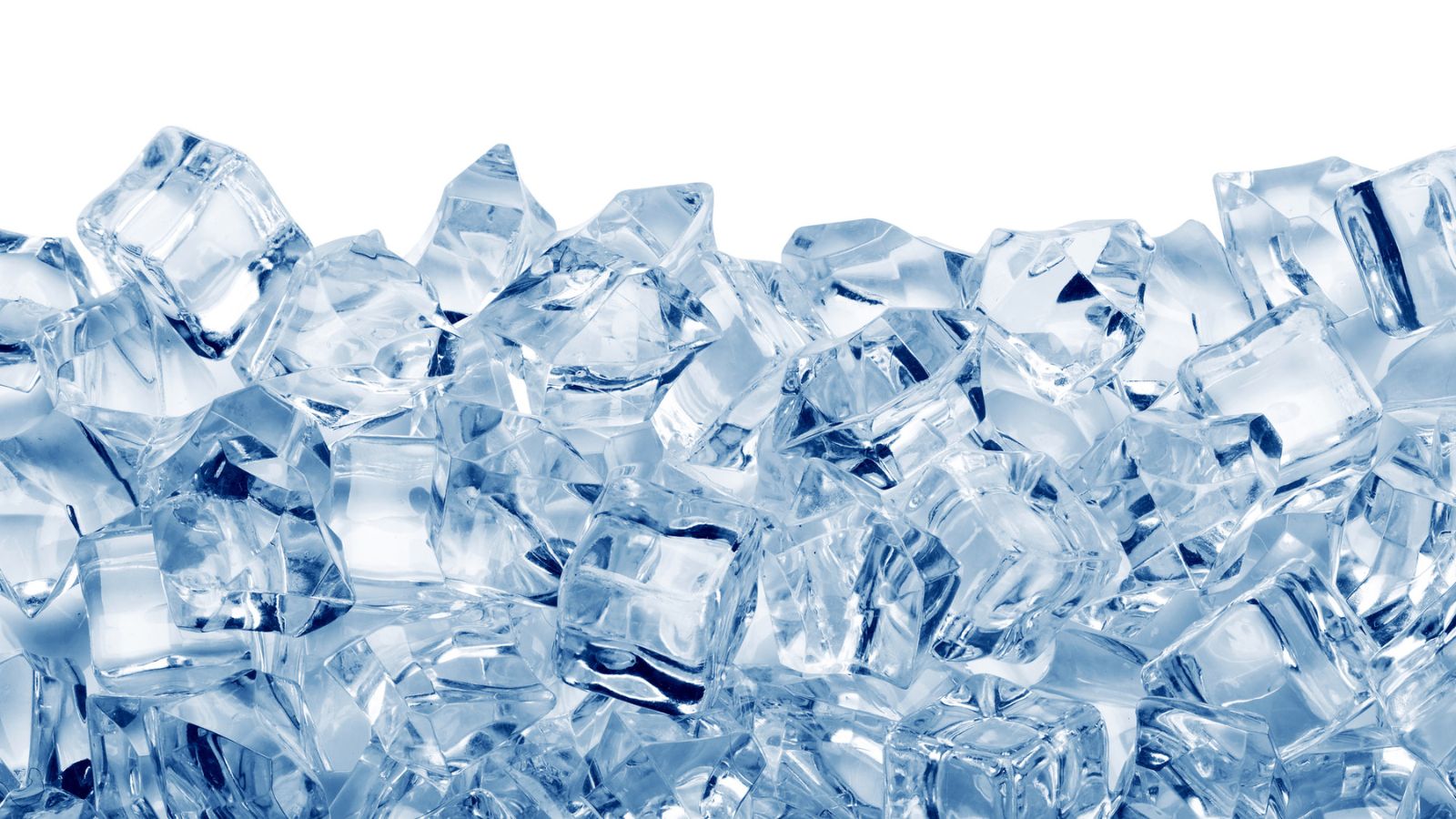
Pagophagia is an addiction characterized by an irresistible craving to chew ice. Individuals with this addiction may obsessively seek out ice cubes, regardless of the consequences it may have on their teeth or overall health. The act of crunching ice can provide temporary relief or satisfaction. Treatment for pagophagia typically involves addressing any underlying nutritional deficiencies and finding alternative ways to cope with cravings.
9. Eating Sponges
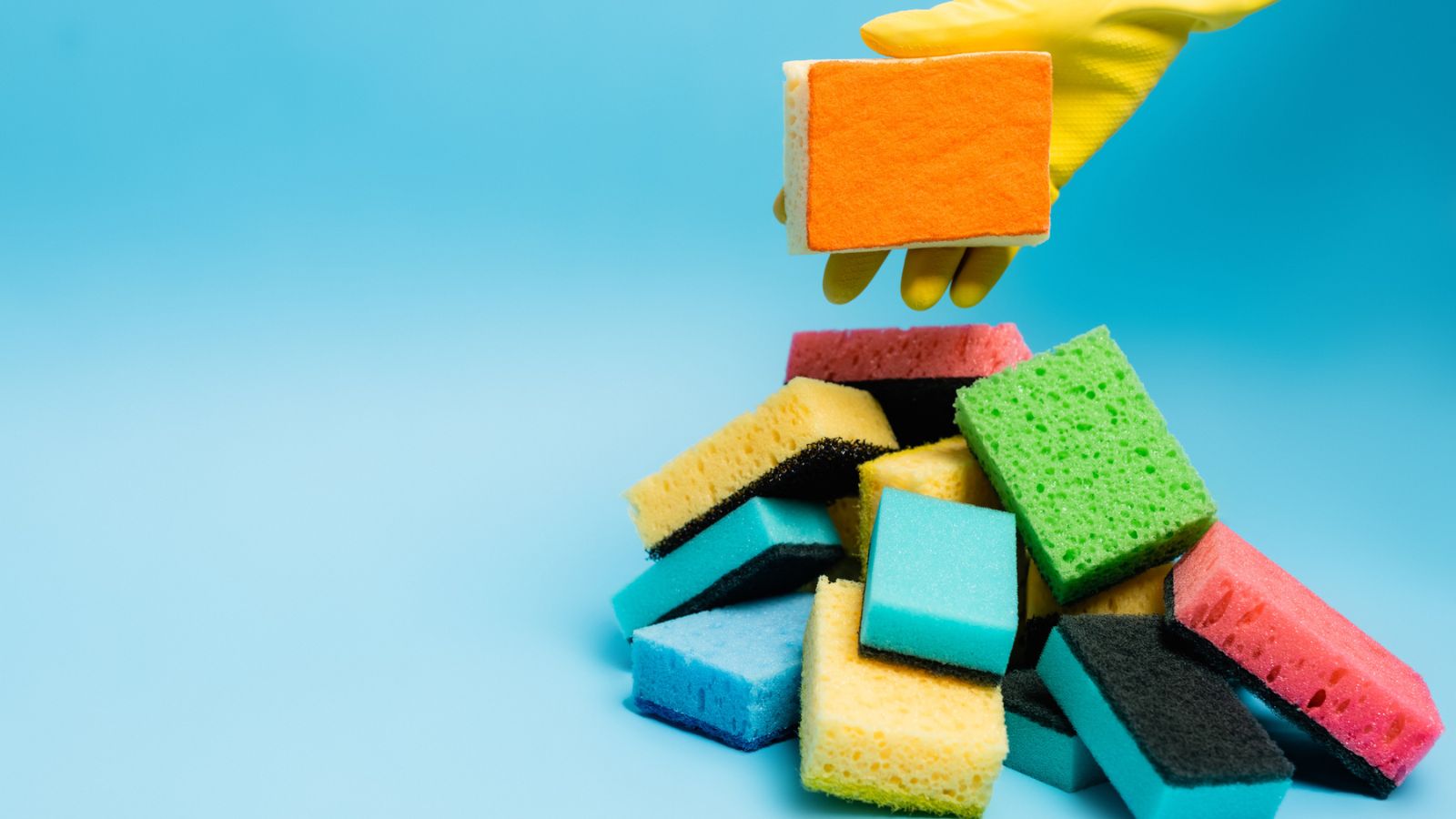
Pica, an addiction mentioned earlier, can also manifest in the form of an unusual craving for eating sponges. Individuals with this compulsion may consume sponges in various shapes and sizes, which can pose serious health risks. The consumption of non-food items like sponges can result in digestive problems, blockages, or toxicity. Treating pica often involves a combination of therapy, nutritional counseling, and creating a safe environment to reduce access to non-food items.
10. Body Modification

Body modification addiction involves an intense fixation on altering one’s appearance through extreme measures such as tattooing, piercing, or scarification. Individuals with this addiction may constantly seek new ways to modify their bodies, often pushing boundaries and taking risks. Body modification addiction can have physical and psychological consequences, necessitating careful evaluation and support from mental health professionals.
11. Plastic Surgery Addiction

Plastic surgery addiction is characterized by an obsession with undergoing multiple cosmetic procedures to achieve an idealized appearance. Individuals with this addiction may continually pursue surgeries, even when there are no medical or aesthetic needs for them. Plastic surgery addiction can lead to physical complications, financial strain, and emotional dissatisfaction. Treating this addiction often involves therapy, addressing body image issues, and promoting self-acceptance.
12. Eating Hair
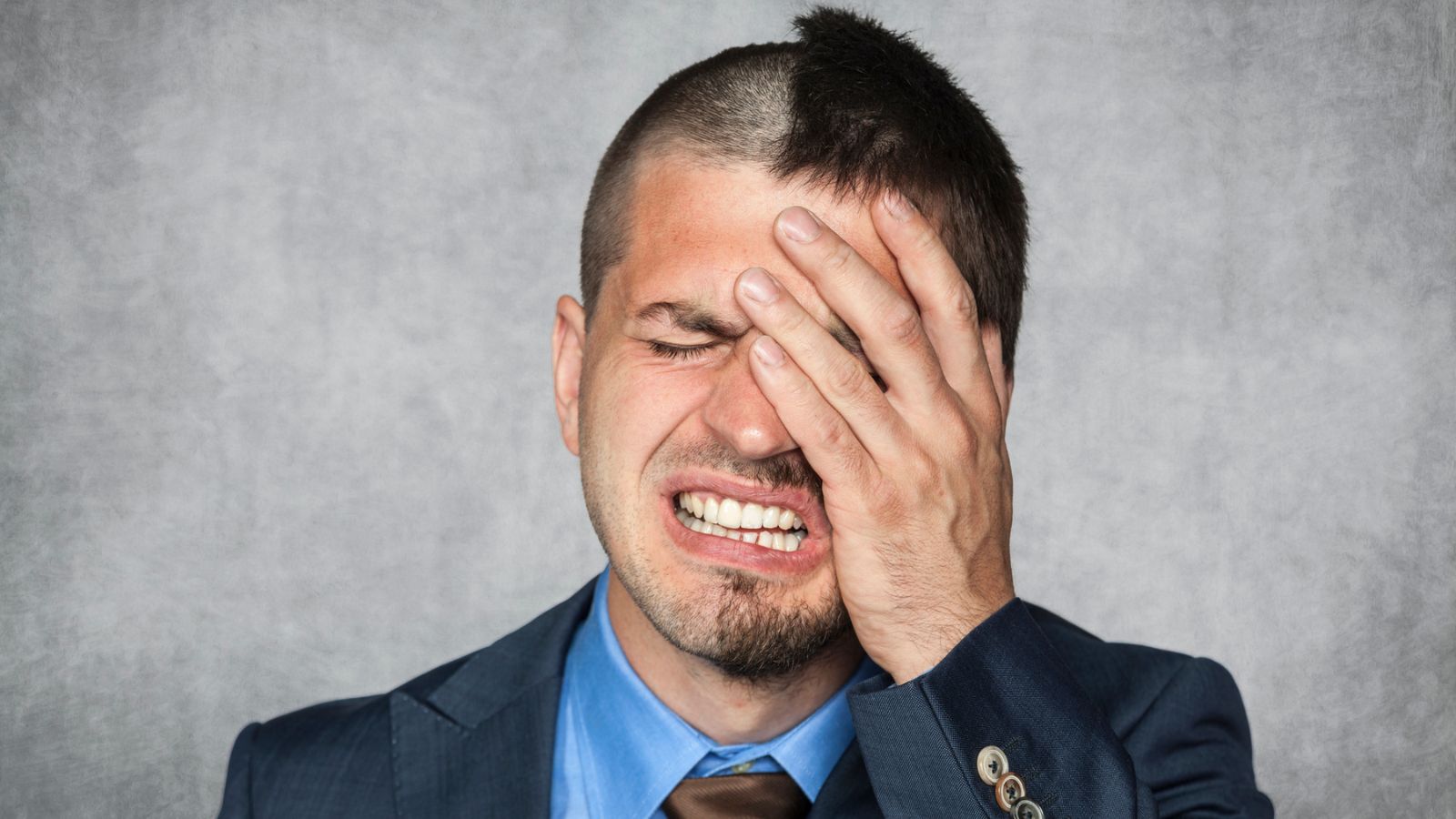
Trichophagia is a compulsive behavior where individuals habitually consume their own or others’ hair. This addiction can result in the formation of hairballs in the digestive system, causing potentially life-threatening complications such as blockages or perforations. Treating trichophagia involves addressing underlying psychological factors, such as stress, anxiety, or obsessive-compulsive disorder (OCD), and utilizing a combination of therapy, medication, and behavior modification techniques.
50 Super Simple Side Hustle Ideas

50 Super Simple Side Hustle Ideas (& How to Make Them Work)
10 Frugal Lessons I Learned From Being Flat Out Broke

10 Frugal Lessons I Learned From Being Flat Out Broke
How To Make Money Without a Job

How To Make Money Without a Job
Creative Ways To Make Money

20 Easy Ways to Raise A Credit Score Fast
